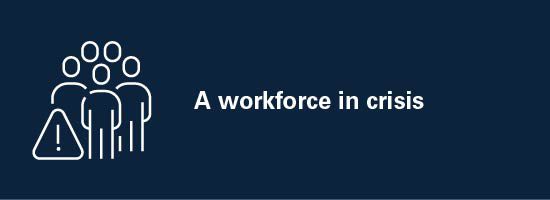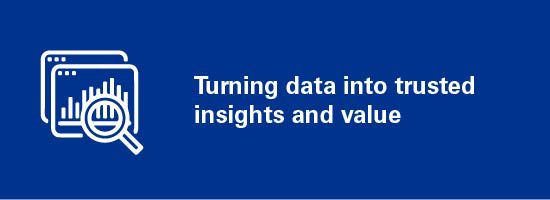Overview:
The Future of healthcare report examines signals of change related to workforce, economic and supply chain challenges, increased consumerism, market convergence and the evolving role of data. This report also explores how these factors may shape future healthcare delivery and consumption. Insights on new care model paradigms and the digitally enabled enterprise capabilities and architecture required to support these models and digital transformation in healthcare organizations are also covered.
Around the world, healthcare systems and organizations are facing unprecedented challenges that require policymakers, payers, providers and suppliers to rethink how they work. The pressure to deliver more services with fewer resources has never been more evident. These challenges and pressures are now manifesting in signals of change that may shape how healthcare will be delivered and consumed in the future.
Signals of change

Public expectations are changing, shaped by digital disruptors, sector reforms and the pandemic experience. Meanwhile, healthcare needs are expected to continue to go unmet. Health systems will need to rebuild customer trust after recent failings and issues. Health organizations that provide personalized care, digital services and products that meet evolving consumer needs (for example, in relation to mental health) can be better placed to deliver equitable healthcare access and seamless modern experiences.

The healthcare sector is being disrupted by non-traditional entrants such as startups and global players from other industries diversifying into health.
Health providers and payors should be increasingly ready to partner, govern and operate with new entrants to meet consumer demand for modern health and wellness services. At the same time, continued emphasis is needed on robust privacy and security regimes, and consumer-centric system redesign, to maintain the confidence and trust of health consumers, especially as new operating models emerge.

A workforce crisis is undermining today’s healthcare delivery. The high rate of burnout and illness during the pandemic has led to increased attrition among healthcare workers. This complex challenge requires new workforce strategies involving regulatory, academic, community and health-system players to address current and long-term workforce needs. Modernizing healthcare by reducing labor-intensive and inefficient processes through the broader use of digital solutions can help accelerate progress.

Geopolitical and post-pandemic impacts have significantly disrupted global healthcare supply chains, including pharmaceuticals, medical supplies, and equipment. Some jurisdictions have built local manufacturing capacity to mitigate dependence on external sources or have substituted local resources to offset external shortages. These supply chain changes are likely to require health systems to creatively assess clinical and operating models while competing more intensely for scarce resources.

The cost curve for healthcare providers has spiked, patterns of demand have shifted, and the need to manage expenditures for a new era of service delivery has been posing profound challenges for health-system leaders. A focus on modern strategies that can improve operational efficiencies, create new revenue models and takeouts, and deliver value-based care can be essential in driving financial recovery from the pandemic.

In many jurisdictions, health systems remain in the very early stages of being able to turn their data into trusted insights. Capitalizing on the value of modern technology will require health enterprises to establish new operating models that unlock value from legacy ways of working. Robust data-governance and data management capabilities will likely be required to convert proliferating data into insights that enable forecasting, planning, and bolder decision-making.
These signals of change are also influencing the establishment of new healthcare paradigms to meet the changing needs of health consumers.
- The high street healthcare paradigm embodies consumer centric digital health and care resources that go beyond basic telemedicine and virtual care.
- The meta care model leverages artificial intelligence and other advanced capabilities like machine learning to support brand new technology-enabled models of care.
- The hyper-local healthcare approach seeks to address inequities in access to care built around a foundation of the social determinants of health.
Responding effectively to significant disruptions
Moving past the current pressures and transforming to a more modern healthcare paradigm is easier said than done for most health systems. In our view, it takes a clear view of the path to achieve the requisite value within each paradigm, new enterprise capabilities, courage to adopt new ways of working and embracing digital solutions, and architectures to underpin tomorrow’s health workforce and health consumer.
By enabling the KPMG Connected Enterprise for Health, healthcare systems can respond effectively to the significant disruptions they face to simultaneously help deliver meaningful improvements to experiences, health outcomes, access, quality and cost. The KPMG Connected Enterprise for Health approach is designed to help organizations assess their existing capabilities, identify gaps, and manage transformation hurdles across the enterprise to design and embrace future business models.
Authors: Lydia Lee, Global Co-Lead of KPMG Connected Enterprise for Health, KPMG International, & Evan Rawstron, Global Co-Lead for KPMG Connected Enterprise for Health, KPMG International






